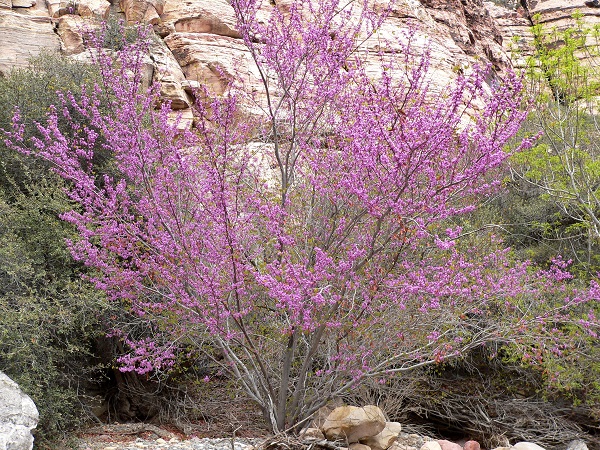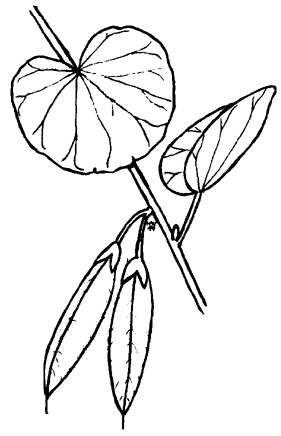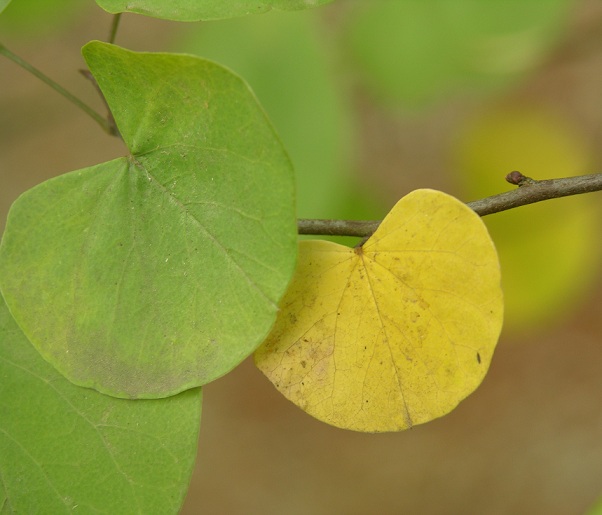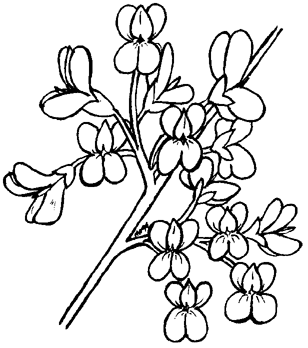|
|
|
Hansen's Northwest Native Plant Database |
|
|
|
Cercis orbiculata (Western Redbud)
Photo, right, credit: Stan Shebs, south fork of Pine Creek Canyon, Red Rock Canyon, Spring Mountains, in southern Nevada |
 |
||||||||||||||||||||||||||||||
|
Western Redbud (Cercis occidentalis) is a little-sung hero of springtime, but a delight to all who know her. The magenta pink blooms cover the branches about the same time the Bleeding Hearts and Calypso Orchids bloom. If you travel Interstate 5, there are massive displays of Western Redbud right around the border between Oregon and California. This northwest native shrub is deciduous, flowering before the leaves are open, making it an excellent candidate for forcing an early bouquet in your home. After the leaves fall in autumn, there are reddish-brown seed pods which persist throughout the winter to the joy of various birds. |
|||||||||||||||||||||||||||||||
|
Photo, left, by Stan Shebs |
Though the bloom is reason enough to plant this fine shrub in your landscape, it has a special quality that makes it even more attractive. It is symbiotic with nitrogen fixing bacteria which improves the soil wherever it's planted. Imagine a shrub that rarely gets taller than 8 feet, blooms prolifically in the spring, has small leaves (no need to rake!), provides nice seed pods in winter for the birds to feast upon, and which fertilizes the soil for it's neighbors. Such a deal! If you buy Redbud in large garden stores, make sure they are our native Western Redbud (Cercis occidentalis), not Eastern Redbud (Cercis canadensis). Consider planting a small grove in your garden. How about some Bleeding Hearts (Dicentra formosa) as an understory and a few Kinnikinnik (Arctostaphylos uva-ursi) as well. Your yard will be pretty in pink! |
||||||||||||||||||||||||||||||
|
Formerly known as Cercis occidentalis, the Western Redbud is a fine deciduous shrub that favors dry, sunny areas. A true native beauty, it graces the landscape from the Pacific coast to Utah, in USDA zones 6-10. It usually develops multiple stems with an open form to about 8. In spring, brilliant magenta flowers like sweet peas burst forth even before the blue-green leaves are open! Absolutely fabulous! Reddish brown seed pods persist through the winter months. The flowers, buds, seed pods and seeds are all edible just picture those glorious blossoms tossed in a salad or strewn across a chocolate cake! Western Redbud is also symbiotic with nitrogen fixing bacteria, and improves the soil for its neighbours. |
|||||||||||||||||||||||||||||||


 |
|||||||||||||||||||||||||||||||
|
Photos, above, credit: C. T. Johansson |
|||||||||||||||||||||||||||||||
|
Photo, center, credit: Curtis Clark, BioTrek; Photo, right, credit: Ken Gilliland |
|||||||||||||||||||||||||||||||
|
Photo, left, credit: Ken Gilliland; Photo, center, credit: Ken Gilliland; Photo, right, credit: Stan Shebs_red_rock_canyon |
|||||||||||||||||||||||||||||||
|
Photo, left, credit: Lazaregagnidze; Photo, center, credit: Nadiatalent, Sedona Botanical Garden; Photo, right, credit: Lazaregagnidze |
|||||||||||||||||||||||||||||||
|
|
Photos We Share!
|
||||||||||||||||||||||||||||||
|